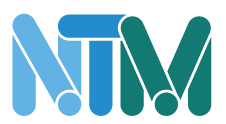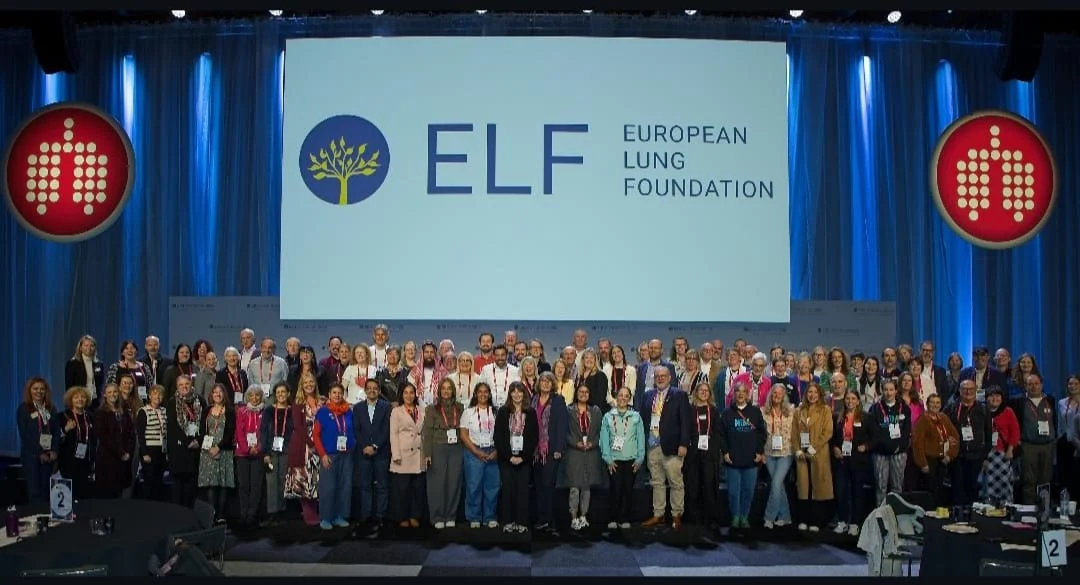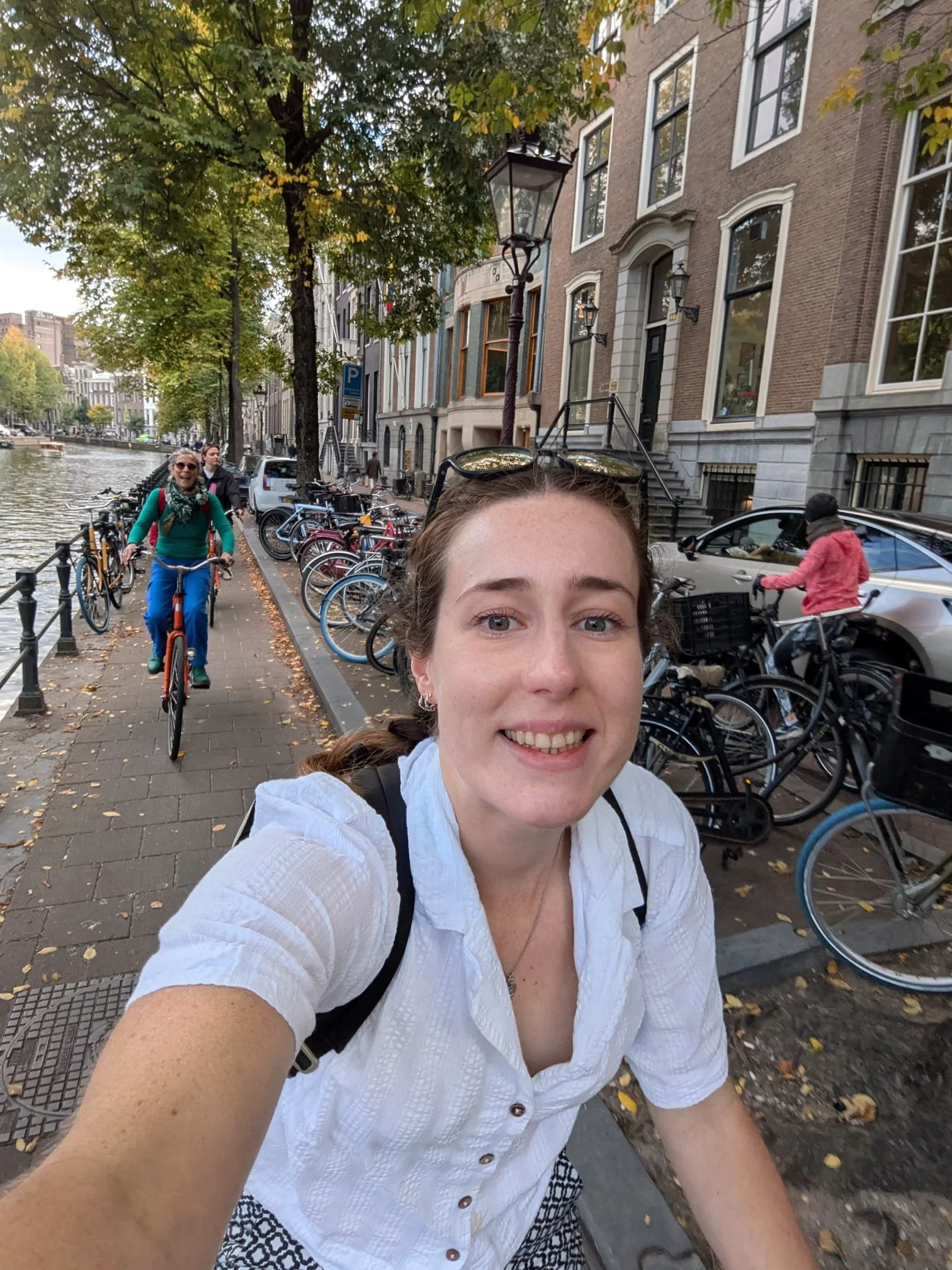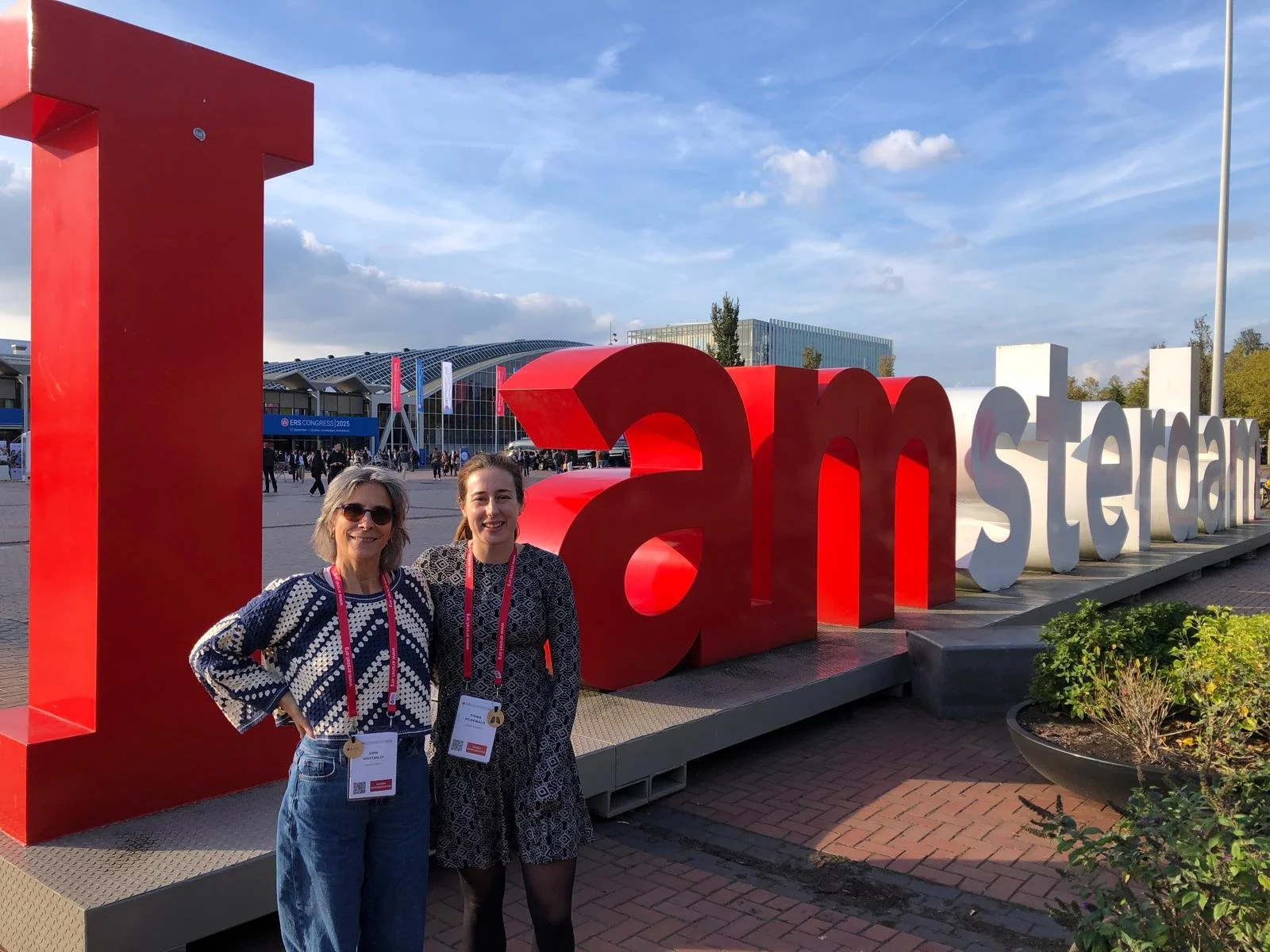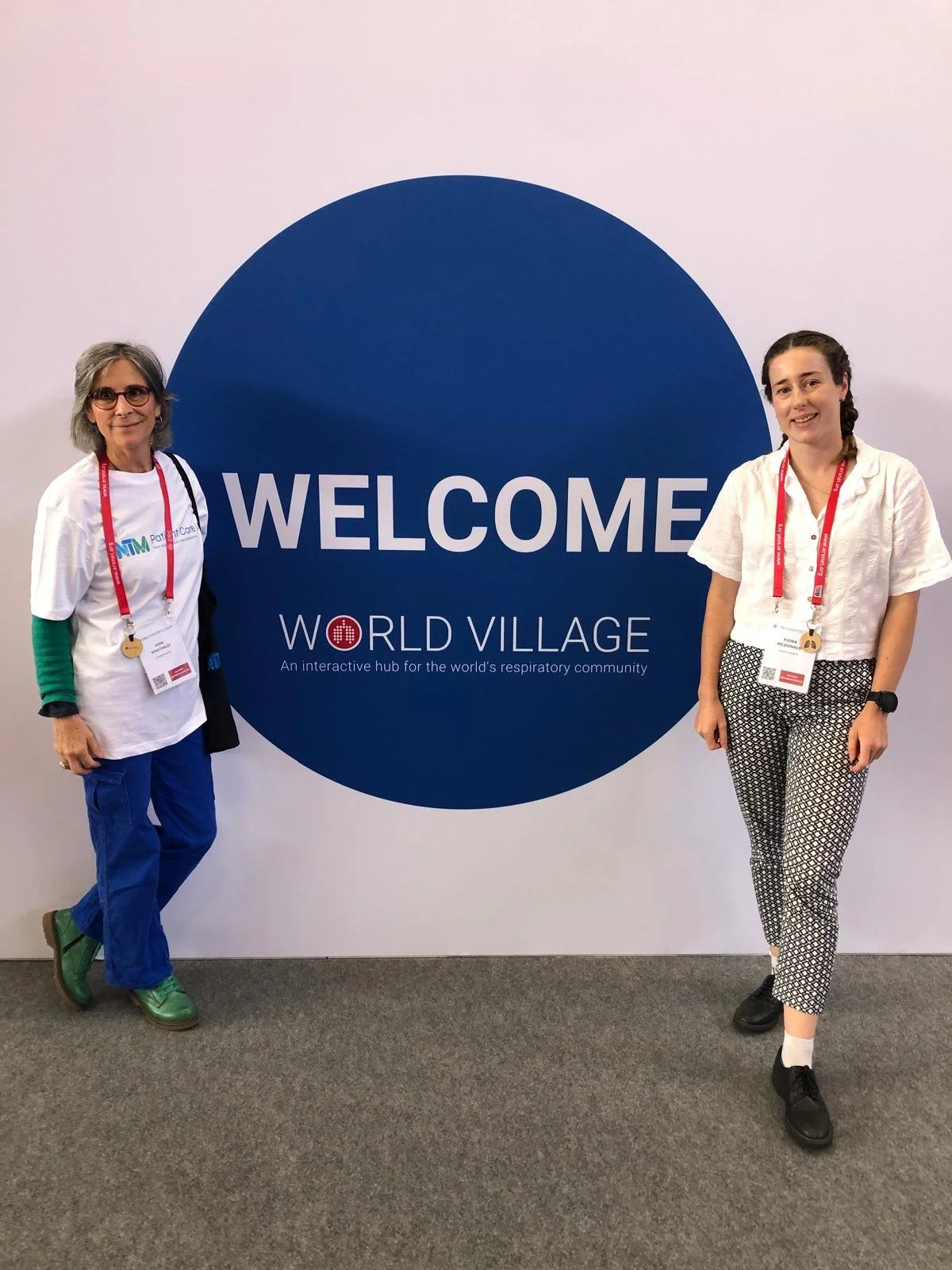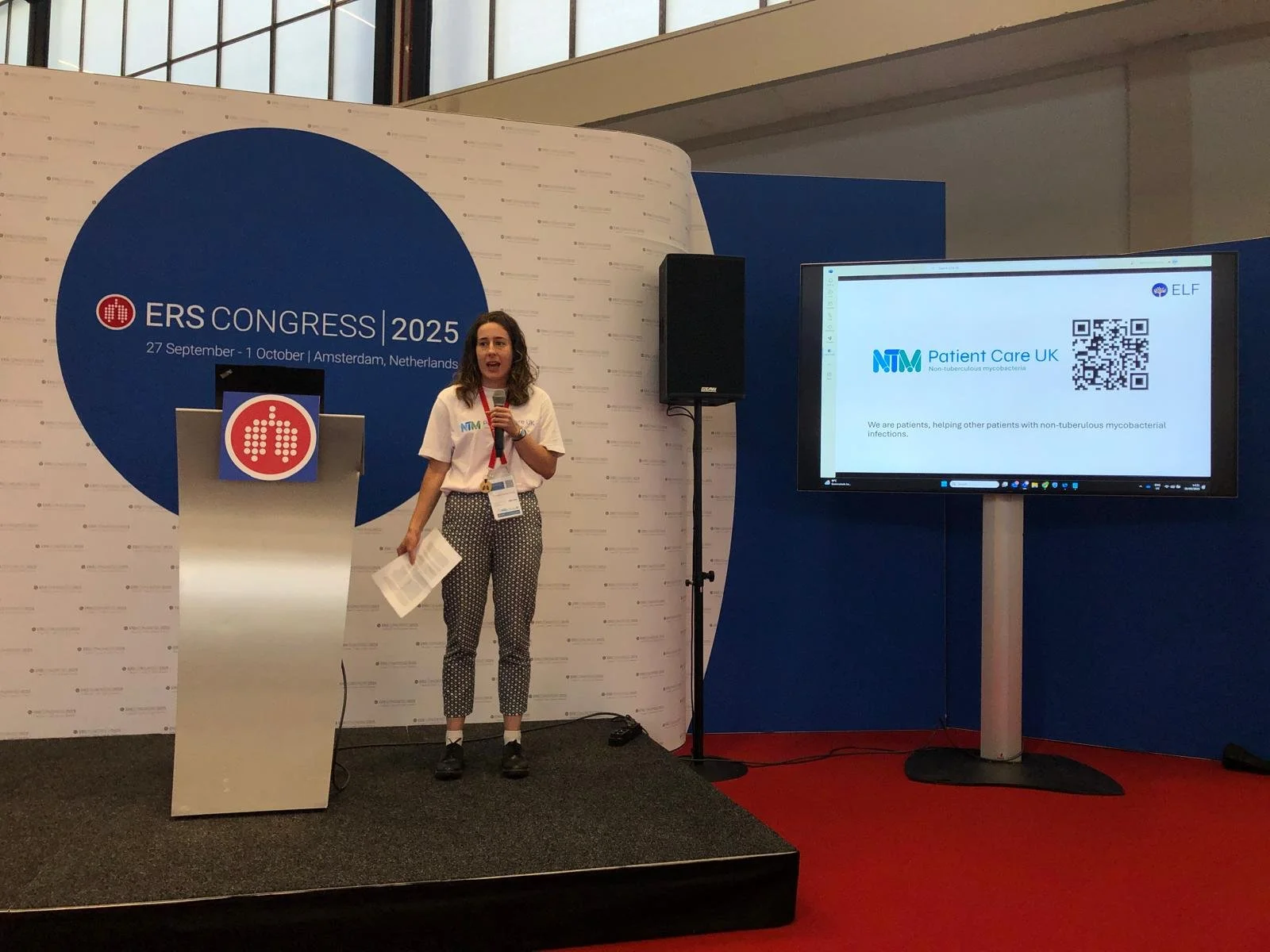ERS Congress, Amsterdam - Fiona’s Blog
Saturday 27th September
ELF Patient Organisation Networking Day 2025
“Improving respiratory health – thinking globally, acting locally”
Anna and I spent the morning networking with other representatives from patient organisations, discussing their stories and how they have helped patients all over the world. Presentations included:
Our Kids’ climate – a group of parents fighting for healthy air, predominantly focussing upon reducing burning of fossil fuels all over the globe
Science under threat: what it means for patient rights and public health
Clean air healthy lives movement
Crop phenomenon: A model of persistent advocacy to boost childhood vaccination and respiratory health – inspiring talk about improving vaccine uptake with a door-to-door campaigning approach in a community with poor utilisation of healthcare and poor engagement with vaccinations
Video reels – patient testimonies and what are patient organisations doing around the world
We then heard about the WHO Lung Health Resolution and split into breakout groups to discuss how we can use it as patient organisations to improve lung health.
WHO Lung Health Resolution: “Promoting and prioritizing an integrated lung health approach”.
This resolution has a broad scope, including
noncommunicable lung diseases, such as asthma, COPD, and lung cancer
communicable lung diseases, such as pneumonia and tuberculosis
relevant risk factors, such as tobacco and air pollution, and occupational exposures
Sunday 28th September
The next 3 days were the ERS Congress main event. We attended a range of symposia and panel discussions about respiratory health, focusing on NTM and bronchiectasis.
Symposium: Treatment Decisions in NTM Lung Disease: when to start, when to (de)escalate and when to stop?
It was amazing to see a huge theatre filled with hundreds of healthcare professionals at this session. We managed to hijack the exit doors to hand out our flyers for NTM Patient Care and NTM Network, which seemed to go down well!
Presentations in this Symposia included:
When should antimicrobial therapy be started in NTM pulmonary disease?
The Critical Role of the Host in NTM Disease Susceptibility and Management
Monitoring disease progression and treatment response: clinical predictors and biomarkers
Antimicrobial therapy for NTM lung disease: how long is long enough?
Key take home message
More research is needed, but there are people out there doing it and there is a growing interest in improving care for NTM patients!
Patient-Centred Session: Inequality in pulmonary rehabilitation: barriers to global access for all
This session was a discussion between a panel of patients and healthcare professionals, providing insights into how we can improve pulmonary rehabilitation access. They discussed their own experiences, the core components of pulmonary rehabilitation and barriers to the uptake of PR. Finally, they discussed the use of virtual/tele-rehabilitation and how it can achieve similar outcomes to traditional rehab, with better completion rates.
Key take home message
Pulmonary rehabilitation is essential to good outcomes in long-term lung diseases
Forum: A year-in-review in bronchiectasis
This session started with a patient testimony from Justine Hamaide, who is a wonderful lady who has set up our sister NTM charity in France (MNT Mon Poumon Mon Air). She gave a talk on her experience with bronchiectasis and NTM.
Talks included:
Phenotyping and endotyping in Bronchiectasis
Antibiotic treatment and exacerbations
New therapies and clinical trials in bronchiectasis
A nice analogy for bronchiectasis treatment, which came from this session was: you want to manage a house when it is on fire, not after it has burned down, ie it is important to treat during exacerbations, not after the damage has been done!
We finished today with brains full of new information and inspired by all of the research that is being done!
Monday 29th September
Today we watched the first talk online, as it had been an early start the past couple of days! Then we headed to the conference to continue our plight to raise awareness of the charity and hand out as many fliers and pens as possible!
Presentation: Management of Bronchiectasis in Adults
The session started with patient testimonies from three patients with bronchiectasis and how they were involved in making new guidelines for bronchiectasis. This video demonstrated how clinicians are keen to get our opinions and experiences to shape the future for patients with bronchiectasis.
They then went on to discuss the new recommendations for the investigation and management of Bronchiectasis, including investigation of the cause, the importance of airway clearance, prompt treatment of exacerbations and when to consider long-term antibiotics.
Presentation: Diagnosis of Primary Ciliary Dyskinesia
This was an interesting presentation, which again started with patient testimonies. They discussed the different techniques required to diagnose PCD and the importance of diagnosis for patients.
Presentations: Tuberculous and non-tuberculous mycobacterial diseases: challenges of diagnostics and management
This session contained multiple 5-min abstract presentations, most of which were about TB, rather than NTM. However, there were two about NTM:
Impact of climate and urbanisation on NTM infections: in Italian nationwide case-control study
Tigecycline dry powdered inhalation to cure mycobacterium abscessus lung disease: a dose finding study
We were then able to hand out our flyers (&pens) at the end of the session and managed to have a chat to a few clinicians who were interested to her about the charities!
After this, we headed over to the European Lung Foundation stand, where we had left some fliers and pens yesterday. We were delighted to see that all of them had been taken, hopefully by clinicians treating patients with NTM! We spent a short time wandering around the industry exhibition, and took advantage of the free coffee, before escaping for the afternoon, to do a bike tour of Amsterdam!
Tuesday 30th October
The final day!
Symposium: Best Practice Advances in Front-Line Management to Optimise Clinical Outcomes in Nontuberulous Mycobacterial Lung Disease
This was a collection of presentations from clinicians about the investigation and management of NTM – when to treat and when not to treat. They also discussed indicators for worse outcomes at diagnosis. They highlighted the need for more research into the duration of treatment after sputum culture conversion.
After this session, we were also able to hand out more flyers and pens, so hopefully will have recruited at least a few clinicians to have a look at our website and maybe even join NTM Network!
World Village Presentation
This afternoon, we were able to do a presentation in the “World Village” area of the Congress, about NTM Patient Care and what we do. There was a small audience, but every little helps! We also filmed an interview about the charity, which will hopefully appear on the European Lung Foundation’s website in the near future!
Attending the ERS Congress has been a brilliant opportunity, not only to promote our charity and hopefully recruit people to the NTM Network, but also to learn about and be inspired by all of the research that is being done into NTM and bronchiectasis. It has demonstrated that there are a lot of clinicians who care about improving the care of patients with NTM and bronchiectasis and new drugs coming out which will hopefully have an impact on our lives in the not-too-distant future!

